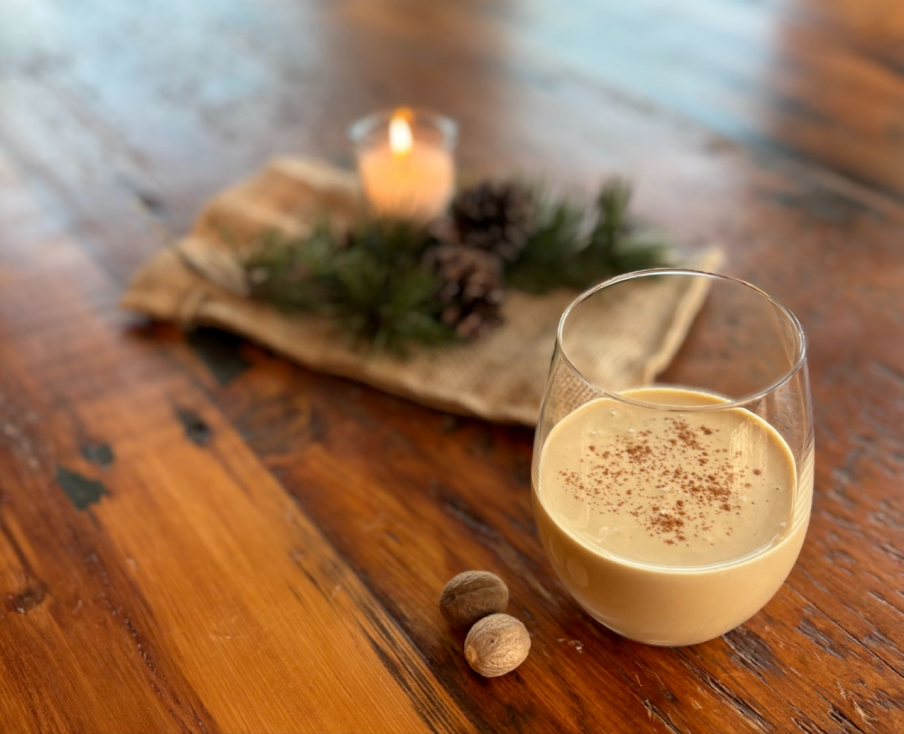What to do with those turkey giblets…
posted on
November 13, 2024
If you’re like me, you didn’t grow up eating animal organs like heart or liver.
Maybe you’re a little grossed out by the idea. I completely understand the feeling! But I’m here to tell you they’re not as gross as they’ve been made out to be!
What are Giblets?
First off, what are turkey giblets? They are the heart, liver, and gizzard. If you purchased a Whiffletree whole turkey, you found all three of those in the cavity of the turkey.
Health Benefits
Poultry organs (and all animal organs) have amazing health benefits. They’re very high in protein, which is essential for our bodies to get enough of for everyday functions. You’ll also get the benefits of vitamins A and B, iron, and CoQ10. In a nutshell, giblets are a health powerhouse!
Flavor
What about the flavor, you may ask? I personally don’t love the flavor of organs alone, but once you add in garlic and butter, they taste amazing! So, here’s how to make a delicious, nutrient-dense giblet gravy.
Nutrient-Dense Giblet Gravy Recipe
What you’ll need:
Turkey neck
3.5 cups water
Turkey giblets
2 garlic cloves, minced
⅓ c. flour
Drippings from roasted turkey
6 Tbsp butter
Salt to taste
If you’re looking at the giblet gravy recipe from one of our previous blog posts, you’ll notice the way I do it here is a little bit different. Both are great ways of making it, so it’s up to you which way you prefer! You’ll also notice the recipe says to sear the neck along with the giblets. If you already have chicken or turkey bone broth made and on hand, definitely go ahead and do that! I didn’t have any already handy, so here’s what I did.
I reserved the turkey neck from my whole turkey and put it in a medium saucepan with 3.5 cups of water and a teaspoon of apple cider vinegar. I brought it to a boil over medium high heat before turning to low, letting it simmer for about an hour. (Or you can put all this in a small crock pot and cook it overnight before making the gravy, but maybe add a little more water so too much doesn’t simmer away. You want to end up with 3 cups of broth).
Once the turkey broth was complete, I melted 2 Tbsp butter in another saucepan over medium heat, and then I added the turkey giblets, searing for a few minutes on each side before adding in the turkey broth. I brought the broth to a boil before turning the heat down to low and letting it simmer for about 30-40 minutes.
After simmering, I drained the broth into a bowl and took out the giblets and finely diced them, removing any gristle. Next, I melted 4 Tbsp of butter over medium low heat, then tossed in the minced garlic and cooked until fragrant. Then I added in the ⅓ cup of flour and whisked to make a roux. I let that cook until browned for a couple minutes, constantly stirring, then slowly poured in the broth and reserved roasted turkey drippings, whisking the entire time to keep any clumps from forming. I reduced the heat to low and stirred for a few minutes while it thickened to my desired consistency. I took it immediately off the heat, added in salt to taste, and stirred in the diced giblets.
And there you have it! A delicious giblet gravy. Trust me, no one will complain about the fact that there are chopped up giblets in there! It tastes amazing and adds so much flavor to the roasted turkey. And you can feel good that you’re getting a bunch of amazing nutrition into your loved ones!
If you missed the original recipe from one of our previous blog posts, click HERE to see it.
Shop Whiffletree's Pasture-Raised Turkeys With Giblets
Grab a pasture-raised, nutrient dense turkey with giblets HERE and give this a try! Trust me, you won’t regret it!
How do you like to make your gravy? Do you love giblets, or are you new to it? We want to hear from you! Comment below and tell us what you do!
Cheers to you and your health!
~Bethany




